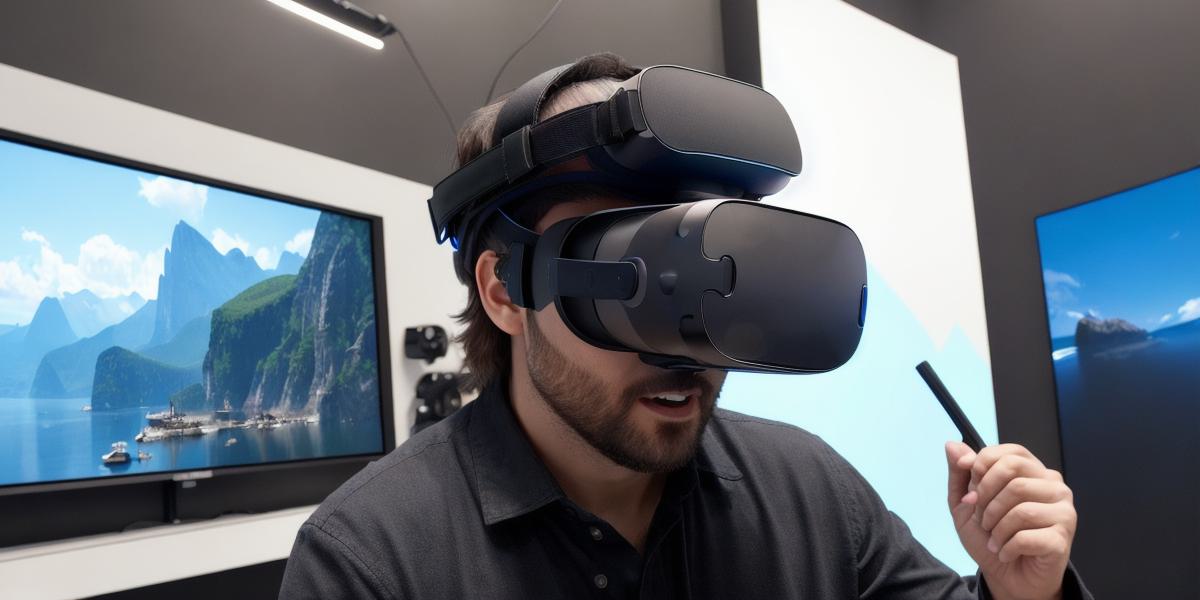Virtual reality (VR) technology has come a long way since its inception, and it’s safe to say that it’s now more realistic than ever. However, there’s still some debate about how far we’ve come and what the future holds for VR. In this article, we’ll take a closer look at the current state of VR realism and explore some of the advancements that are driving us toward a more immersive and lifelike experience.
Realism in VR has always been a major concern for developers. Early VR systems like the Oculus Rift and HTC Vive were limited by their hardware capabilities, resulting in a somewhat disjointed and artificial experience. However, recent advancements in graphics technology and tracking systems have significantly improved the realism of VR.
One of the key factors driving this progress is the development of more advanced graphics engines like Unreal Engine and Unity. These engines are capable of rendering highly detailed and realistic environments, characters, and objects, which has led to a significant improvement in the overall look and feel of VR experiences. Additionally, advances in motion tracking technology have made it possible for users to move their bodies more naturally in virtual space, further enhancing the sense of immersion.
Another area where VR is making great strides is in haptic feedback. Haptic feedback systems use tactile sensors and other technologies to simulate physical sensations in virtual environments, such as the feeling of wind on your skin or the sensation of weightlessness. As these systems become more advanced, they’re helping to create a more realistic and immersive experience for users.
Of course, no technology is perfect, and there are still some limitations to VR realism. For example, the human eye can only perceive a limited range of colors and depths, which means that virtual environments may never be able to replicate the full spectrum of reality. Additionally, the way our brains process sensory information can sometimes lead to a disconnect between what we see and feel in VR, which can make certain experiences seem less realistic.
Despite these limitations, there’s no denying that VR has come a long way in recent years, and it’s only going to get better from here. With continued advancements in graphics technology, motion tracking, and haptic feedback, we can expect to see even more immersive and realistic experiences in the future.
In conclusion, while there are still some limitations to VR realism, the technology has come a long way in recent years, and it’s only going to get better. With continued innovation and advancements, we can expect to see an increasingly realistic and immersive experience that will transform the way we interact with virtual environments.
FAQ:
Q: What are some of the main factors driving progress in VR realism?
A: Advanced graphics engines, motion tracking technology, and haptic feedback systems are all contributing to improvements in VR realism.
Q: Are there any limitations to VR realism?
A: Yes, the human eye can only perceive a limited range of colors and depths, which means that virtual environments may never be able to replicate the full spectrum of reality. Additionally, the way our brains process sensory information can sometimes lead to a disconnect between what we see and feel in VR.
